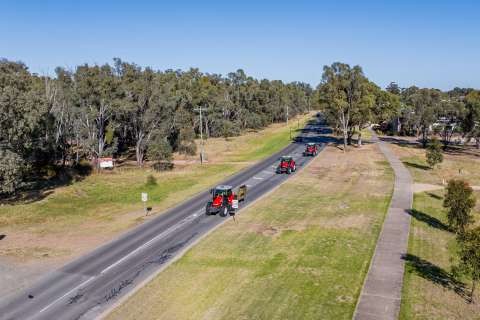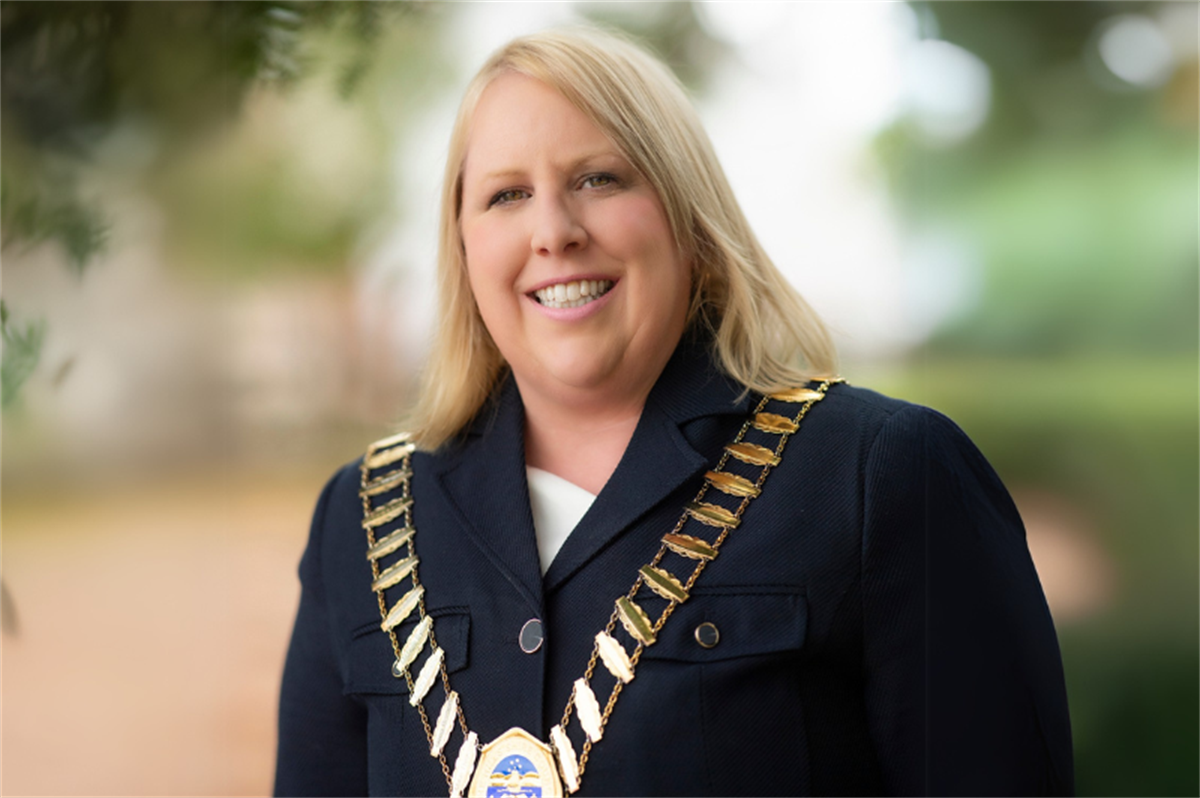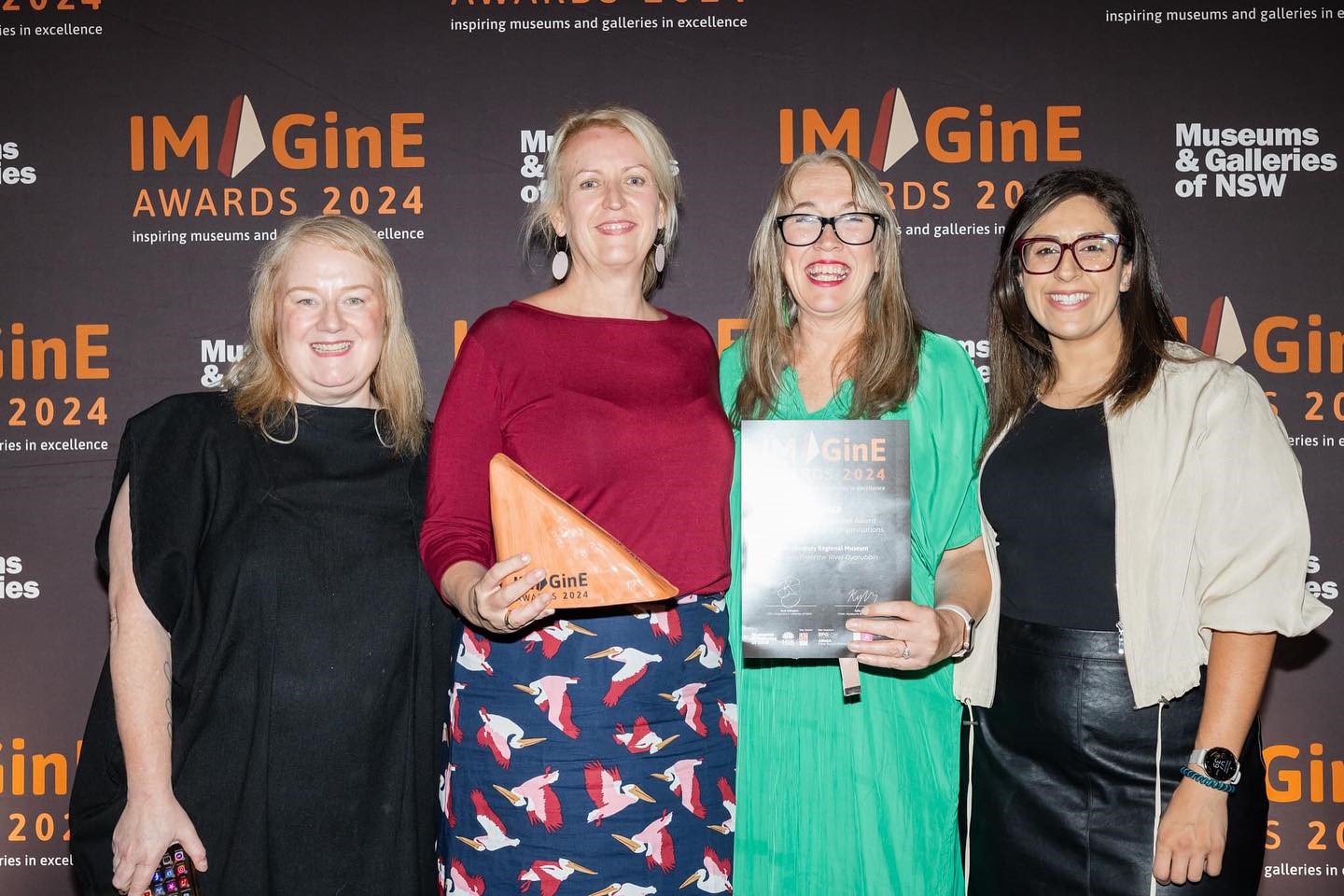With fires in some parts of Victoria and a storm wreaking havoc in other parts of the state last week, the ³Ô¹ÏÍøÕ¾ Rural Health Alliance (the Alliance) wishes to reiterate the effect climate disasters have on rural, regional, and remote communities and emergency services and the need to take current health needs into account.
Climate change has a significant impact on people’s health and wellbeing, given the enduring health risks, disruption and impact on livelihoods. Fires and storms have multiplier effects on communities where people are left with long-term displacement and infrastructure challenges including long-lasting impacts to soil and water.
“Climate change also results in mental health issues leading to anxiety and depression with people losing their loved ones, homes, and businesses.
“Symptoms can worsen for people who are already sick with heart conditions, asthma, and lung infections. It is important to realise that climate and health are intricately connected,” said the Alliance Chief Executive Susi Tegen.
“More than half a million people in Victoria are affected by either storms or bushfires. Many are in temporary shelters and their lives are at a standstill. They are part of the rural population who are already struggling with inequitable access to health care despite their contribution to Australia’s economy,” she said.
“We call on the governments to rethink strategies to support these communities in recovery prior to disasters occurring and how these communities can gain access to the heath care they need.
“As a member of the Climate and Health Alliance, we join the call for funding the implementation of Australia’s first ³Ô¹ÏÍøÕ¾ Climate Strategy and we call for a ³Ô¹ÏÍøÕ¾ Rural Health Strategy which would incorporate policies and activities to mitigate and address the impacts of climate change on health and wellbeing in rural Australia,” Ms Tegen said.
About us:
The ³Ô¹ÏÍøÕ¾ Rural Health Alliance (the Alliance) comprises 50 national organisations committed to improving the health and wellbeing of the 7 million people in rural and remote Australia. Our diverse membership includes representation from the Aboriginal and Torres Strait Islander health sector, health professional organisations, health service providers, health educators and students.







